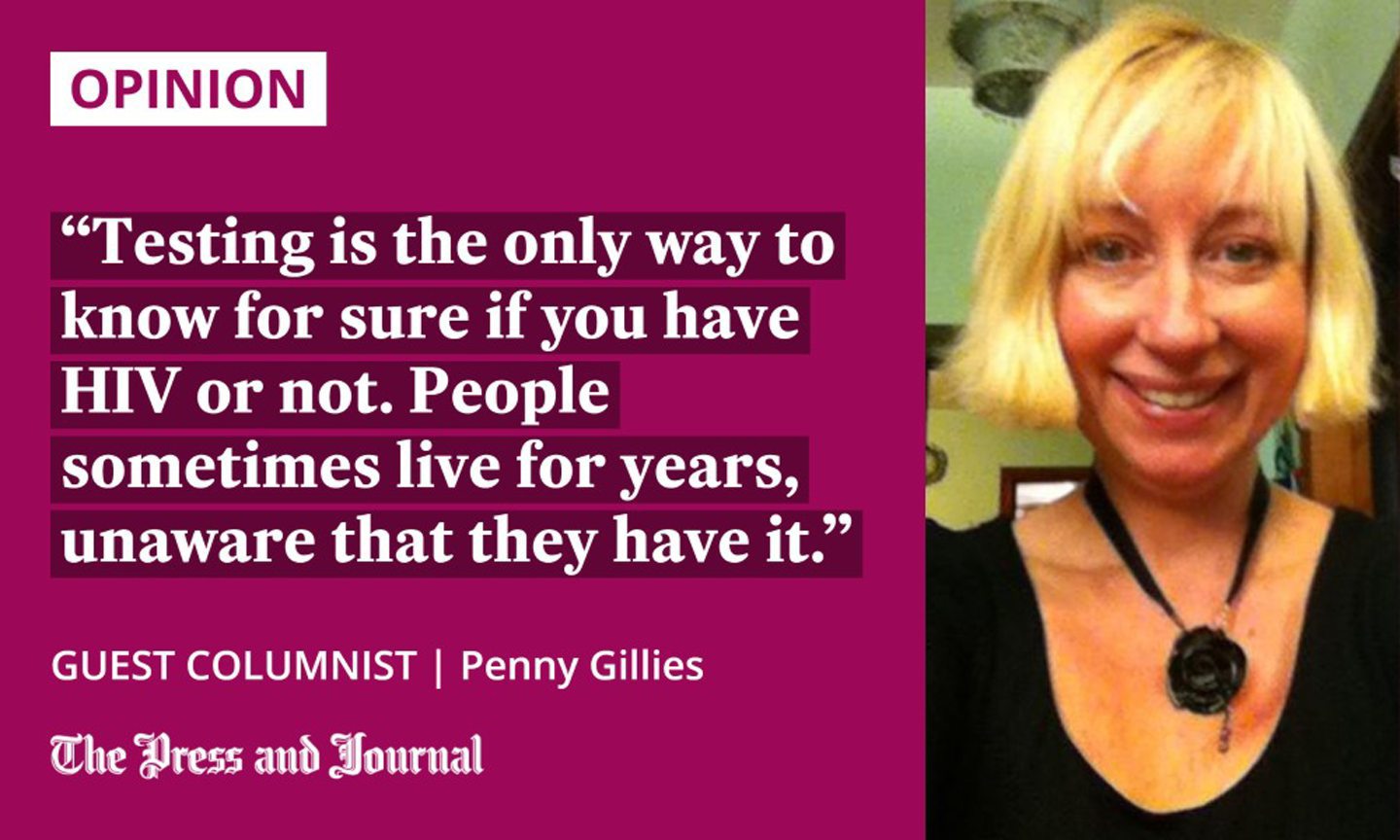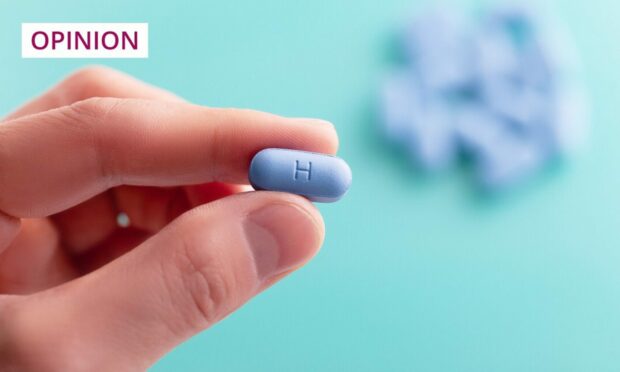Have you ever been tested for HIV?
Did you know it is estimated that one in 10 people living with HIV in Scotland don’t know they have it? That’s not surprising, as most people with the virus don’t have any symptoms and can live for many years before it eventually affects their immune system.
HIV stands for human immunodeficiency virus. It is a long-term health condition which is now very easy to manage. The virus targets the immune system and, if left untreated, weakens your ability to fight infections and disease.

Treatment stops the virus from spreading and damaging the immune system. When treatment is taken as prescribed – usually just one tablet a day – it can reduce the level of virus in the blood so much that it becomes undetectable.
When the virus reaches an undetectable level for six months, it becomes untransmittable, meaning it can’t be passed on to others. This is known as U=U – Undetectable = Untransmittable. People living with HIV who are taking treatment have a normal, healthy lifespan.
Testing puts you in control of your health
The main way people become infected with the HIV virus is through unprotected sex, but there are other ways, too. These include sharing needles, syringes and other injecting equipment; from mother to baby before or during birth or via breastfeeding when the mother isn’t taking HIV medication; blood transfusion (outside of the UK, or before 1991); and by getting a tattoo or body piercing in unsterile conditions.
So, why should you get a test?
If the result is negative, you can take action to stay that way. If it’s positive, you can get treatment that prevents serious illness
Testing is easy, free and confidential. Gone are the days when you’d have to wait ages to get your results. You can test for HIV at the sexual health clinic, your GP, or even your own home – it’s easier than ever.
It’s important to know your status. Testing is the only way to know for sure if you have HIV or not. People sometimes live for years, unaware that they have it.
An #HIV test can now take less time that it does to make a cup of tea ☕️ Find out your options at https://t.co/VDAQv2nXJy #TestWeekScot pic.twitter.com/ijWOzz7djh
— NHS Grampian (@NHSGrampian) September 15, 2017
If you’ve never tested, or it’s been more than a year since your last one, it’s a good idea to test now. You’re advised to test once a year, or more often if you’ve had unprotected sex with more than one partner.
Testing puts you in control of your health. If the result is negative, you can take action to stay that way. If it’s positive, you can get treatment that prevents serious illness.
Keep yourself and your partner healthy. If you have HIV and don’t know it, you’re more likely to pass it on. But if you know your status, you can make sure you are taking steps to stay healthy.
Get a test – it’s better to know.
- For more information, visit grampiansexualhealthservices.com and ourpositivevoice.org
Penny Gillies is a public health practitioner for NHS Grampian

Conversation